Embed presentation
Downloaded 34 times
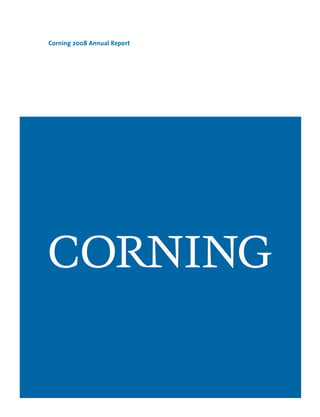
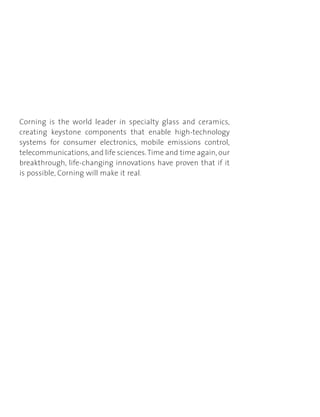









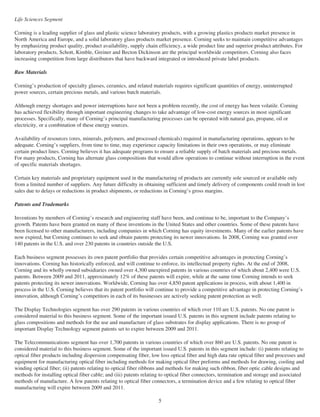




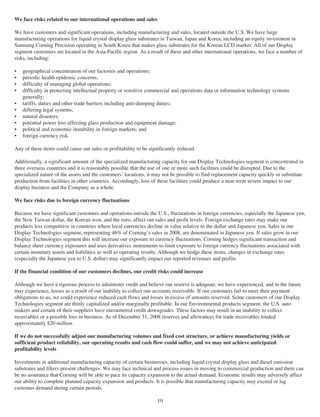






















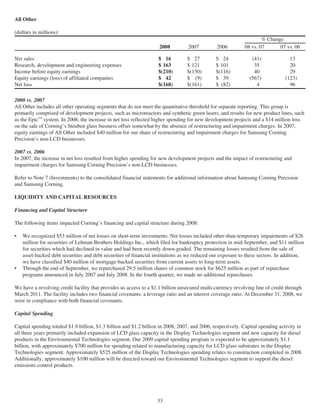




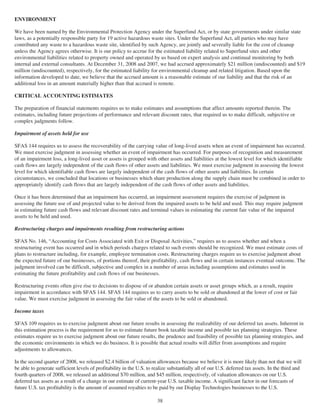


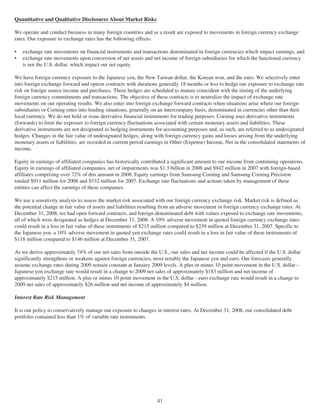
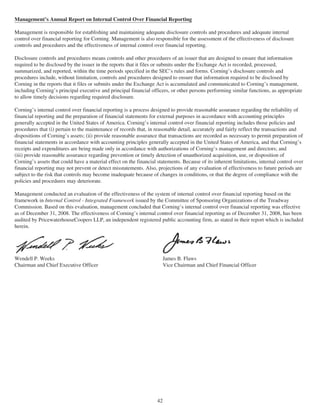


















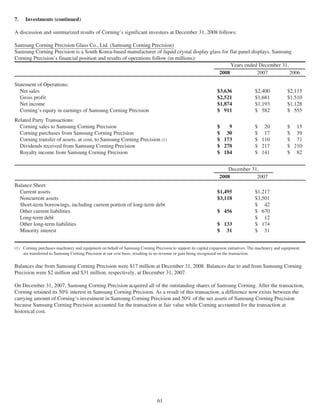
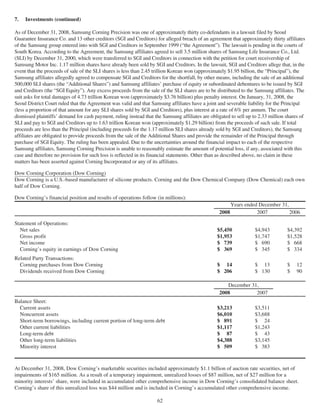
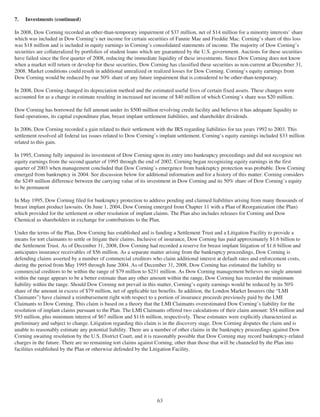













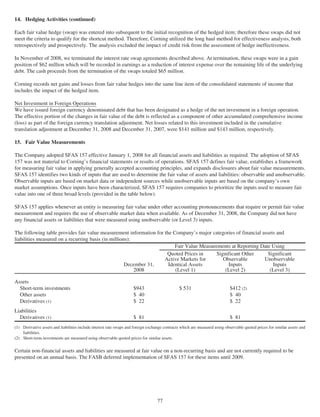
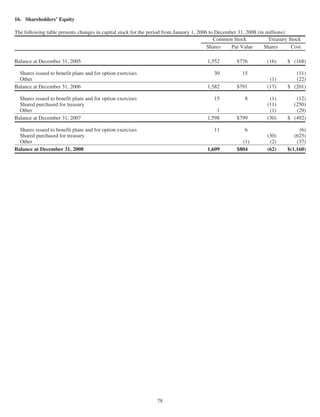
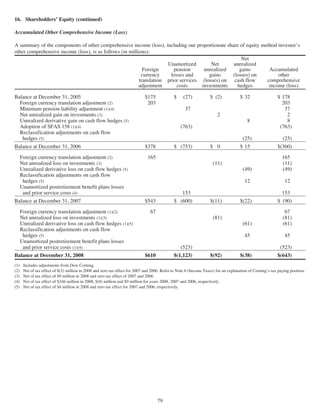

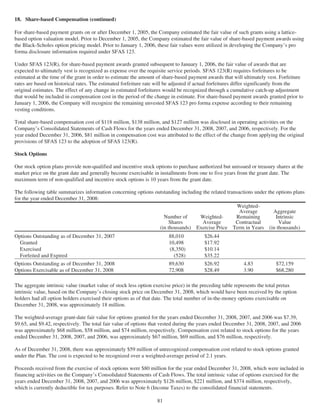





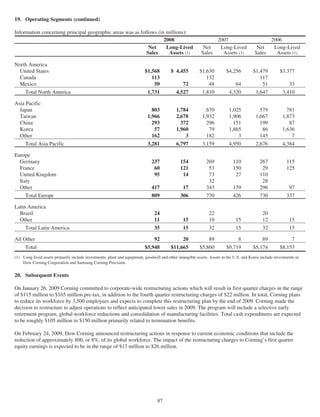


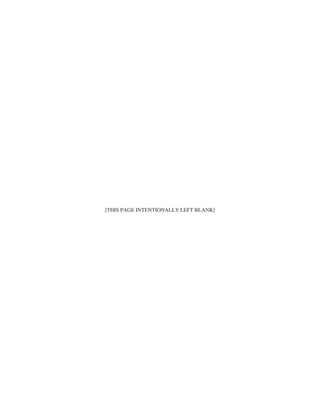



Corning posted record performance in the first half of 2008 but experienced weak performance in the second half due to the global recession. While sales were up 21% in the first half, they declined 30% in the fourth quarter compared to the third quarter and previous year. Corning implemented cost-cutting measures like job cuts and spending reductions to prepare for a weak 2009. However, Corning remains confident in its long-term strategies and innovative products to drive future growth once the economy recovers.



































































































